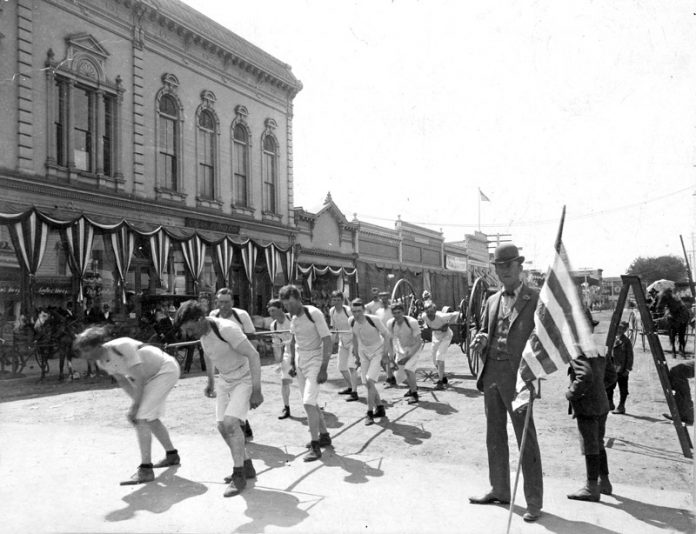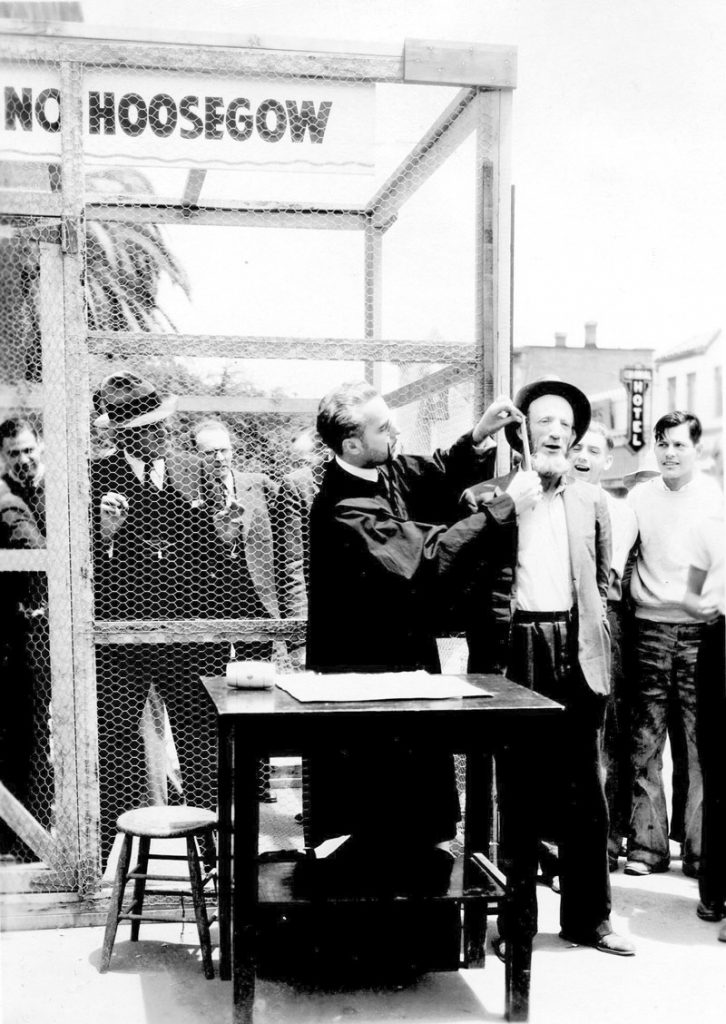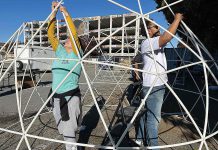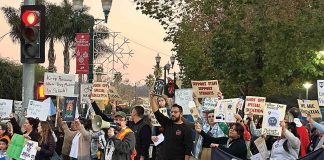
The Fourth of July is a special day of celebration for every community around the nation. In celebrating Independence Day, we recognize everything and everyone that makes up the United States. That leaves plenty of room for interpretation. The definition of “American” is wholly different from city to city, let alone person to person.
Watsonville’s parade, commonly known as the “Spirit of Watsonville,” over the years has taken many shapes and forms—the celebrations that surround it and lead up to it have changed, too. But the Covid-19 pandemic, and the physical distancing guidelines that have come with it, forced the City of Watsonville to cancel this year’s parade. The hope is that next year we will have overcome the novel coronavirus and that we can once again celebrate the Fourth of July as we normally do: together.
There will indeed be challenges to bringing back our usual festivities. Most of them will likely be financial. Others could be social, as the ongoing unrest around the nation has put our founding fathers under the microscope.
With no Fourth of July celebration to speak of this year, I decided to dive back into the history of Watsonville’s Independence Day events to see if there was anything we can grab from the past and use in the future. Here are three remnants of history that could be revived for next year’s celebration.

HAVE A BALL
Nelson Mandela once said: “Sport has the power to change the world. It has the power to inspire. It has the power to unite people in a way that little else does. It speaks to youth in a language they understand. Sport can create hope where there was only despair.”
For decades sports were an integral part of Watsonville’s Fourth of July celebrations, according to Lou Arbanas of the Pajaro Valley Historical Association. In the early 1900s the sport of choice was the fire hose pull competition in which teams from various surrounding communities would drag a fire hose down Main Street and try to notch the fastest time. During those times the majority of the city’s fire department members were volunteers, Arbanas said, so the teams that competed in the fire hose pull were a true representation of the community.
“Other than the engineer… everybody else would come running out of their homes and shops (when there was a fire),” Arbanas said. “People were seen leaving barbershops with lather still on their faces to fight fires.”
As we moved into the mid-1900s, baseball took over as the lead sport on Independence Day. Other sporting events such as motorboat races at Pinto Lake Park also had their day in the sun.
Sadly, sports were slowly phased out of the celebration over the years, and now are nonexistent in our Independence Day festivities. Sports’ power to unite people might be something that we need for next year’s Fourth of July. Soccer tournament anyone? How about some hoops? Maybe a few Olympic events such as the 100-meters and 1,500? Let’s bring sports back.

THE HORRIBLES PARADE
Described as a “spontaneous celebration for the common-level person,” the Horribles Parade was a homespun spectacle the night before the Fourth of July that showcased the city’s innovation and its downtown businesses and nightlife.
There were no floats or giant displays in the early-1900s event. Those entries were replaced by decorated cars and carriages and makeshift behemoths such as a Ford Model-T that was tuned-up so fiercely that it would rise to its back tires when the driver floored it.
“They used to have a saddle on the front of the hood,” Arbanas said, “and somebody used to ride on the front of the vehicle like it was a bucking bronco.”
The Horribles Parade started in the evening and went until roughly 9pm, Arbanas said. The festivities often ended in a bar crawl reminiscent to New Year’s Eve were neighbors could reconnect and celebrate.
“It gave the community a chance to riff and have fun,” Arbanas said. “It was a lot less formal than the parade the next day.”
Pulling off something like this could be near impossible today, especially with Watsonville’s Main Street under Caltrans operation. But maybe a gathering spot such as the East Lake Shopping Center or The Hangar by the Airport could have a miniature redux of The Horribles Parade—here’s hoping.
FUNKY FUNDRAISERS
As I mentioned before, putting on a parade next year will be a tough task for the city because of financial reasons. We have no clue how long Covid-19 will be a part of our lives and what kind of impacts it will have on our economy.
The city and community will have to be creative about how we will raise money to fund our celebrations. Luckily, there are plenty of examples that we can pull from history books. One that caught my attention while at the PVHA office was called the Whiskerino Hoosegow, which would jokingly “jail” clean-shaven men in the City Plaza as they made their daily withdrawals from the neighboring bank.
Those men would have to be bailed out by their bearded buddies or mustached mates, and that collected bond would go toward the Fourth of July festivities. There was also a competition for the biggest beard and longest mustache.
I’m not sure how the jail aspect would be received today, but, as a mustached individual, I’d be more than happy to break my baby-faced friends out of jail to fund the community’s fun.

Another classic fundraiser that could be brought back in a sinch is the button sales that for decades helped spread community pride on the lapels of numerous jackets. The buttons—emblazoned with patriotic symbols—were initially sold as part of the “The Goddess of Liberty” competition. The woman who sold the most buttons was named queen, according to Arbanas.
They stopped selling the buttons in the early 2000s, Arbanas said, which was around the time the reigns of the parade and the Fourth of July festivities were handed over to the city. During that time, multiple Pajaronian articles said the investment and interest from the community and the various groups that make up our home diminished. And as that pride in Watsonville began to falter, our celebration began to shrink and morph.
This pandemic has made many of us long for the human interaction that was commonplace just four months ago. Next year’s Fourth of July celebration seems so distant, but it could end up being this community’s first grand celebration after Covid-19 is defeated. Maybe we leave the past in the past. Maybe we take some of those ideas and refresh them for today’s day and age. Either way, we have a chance to make next year’s parade special, and, as a community, we should all be rallying together to do just that.












